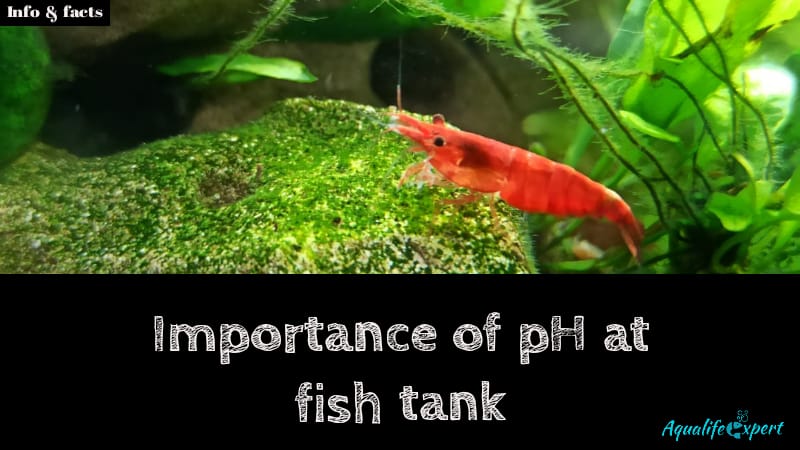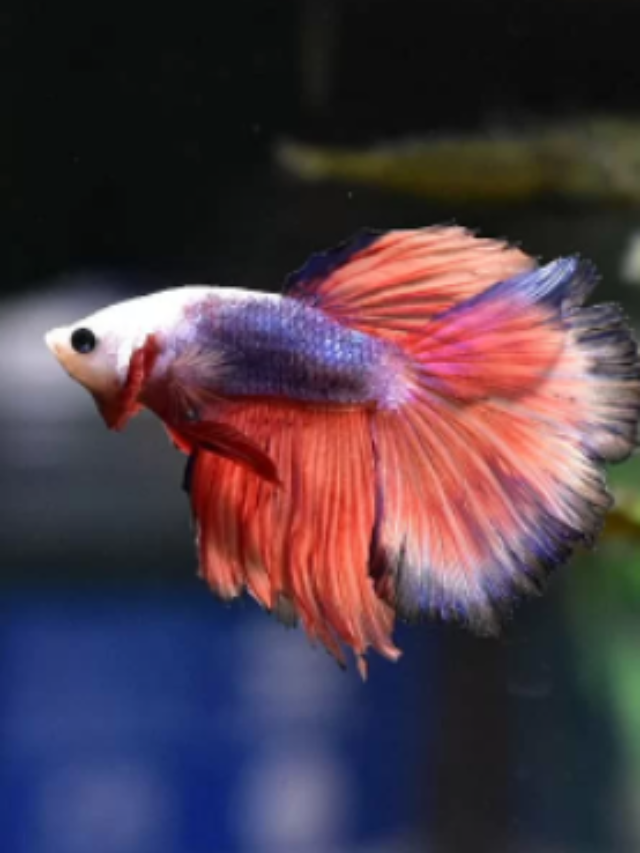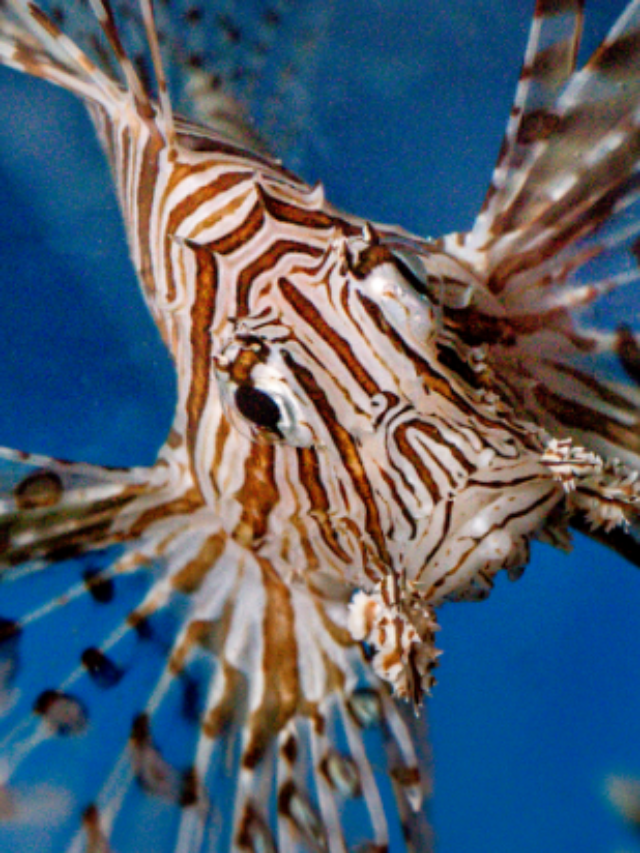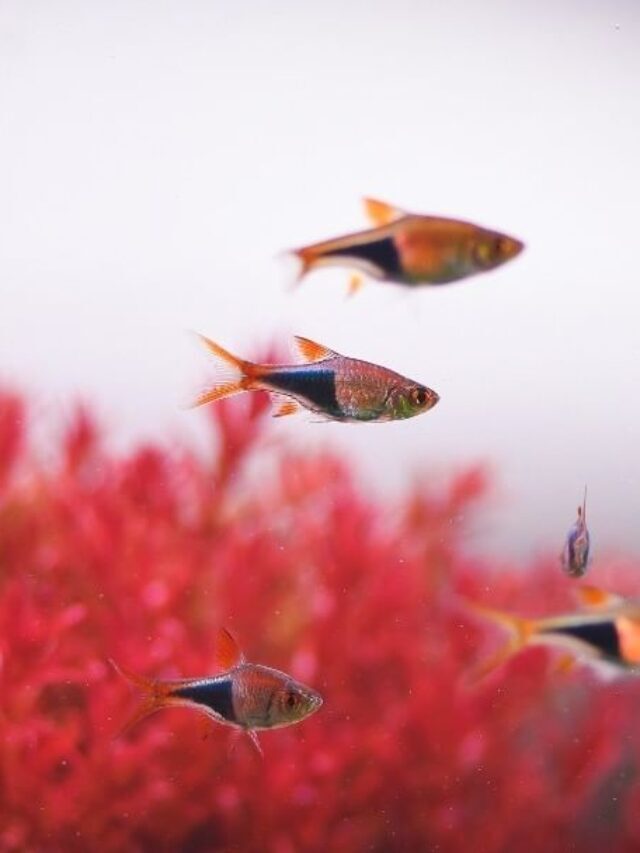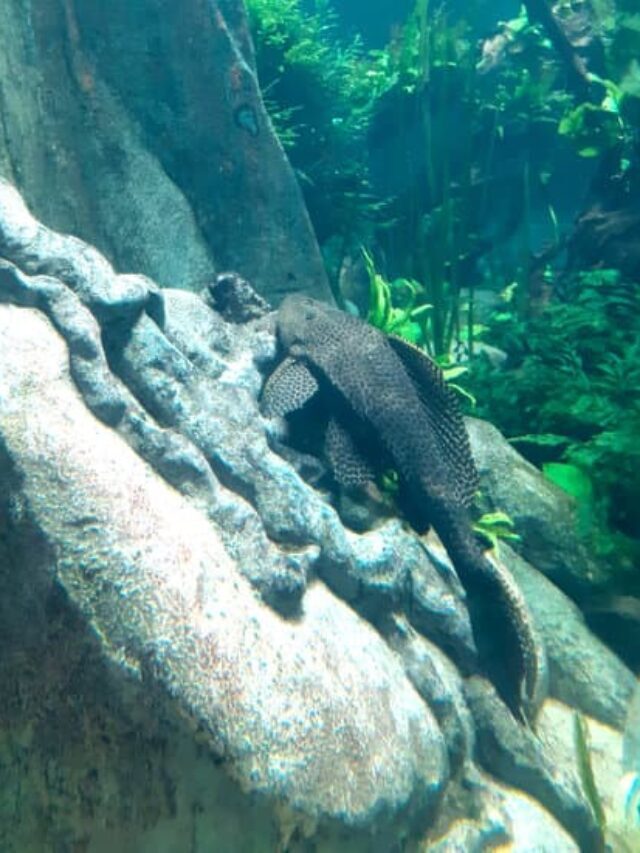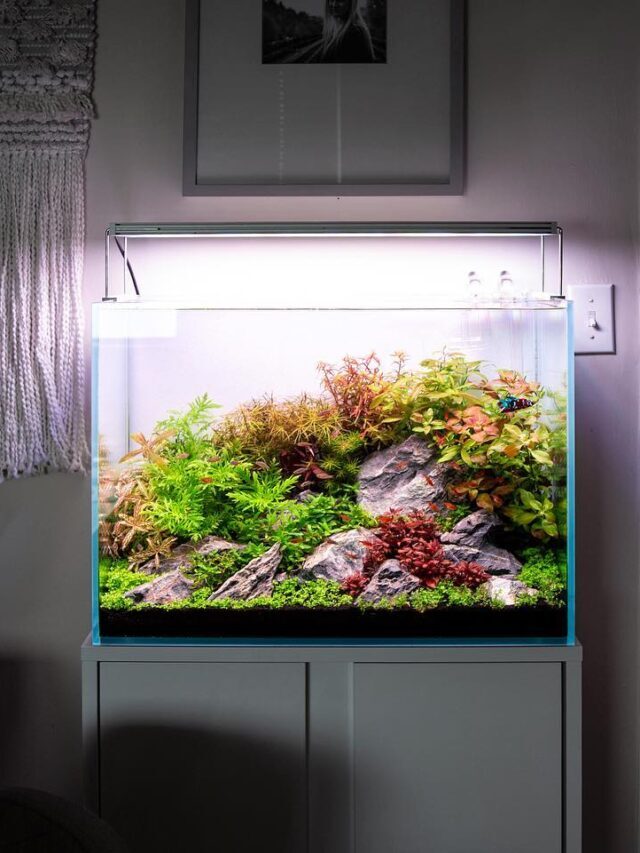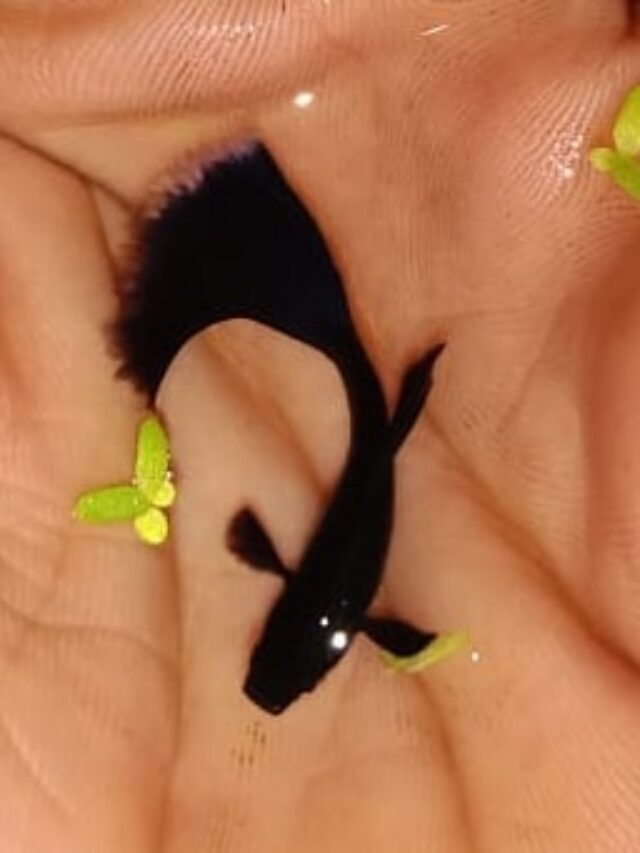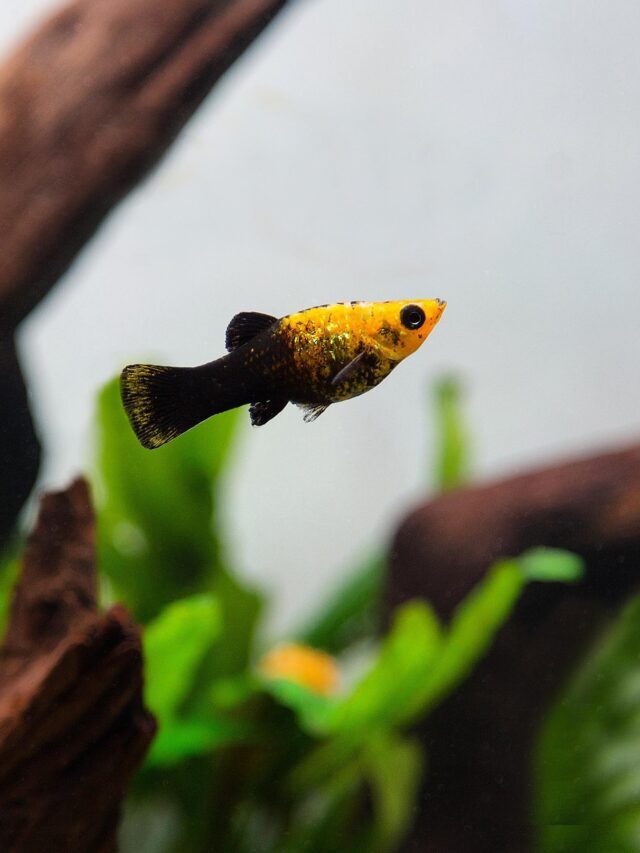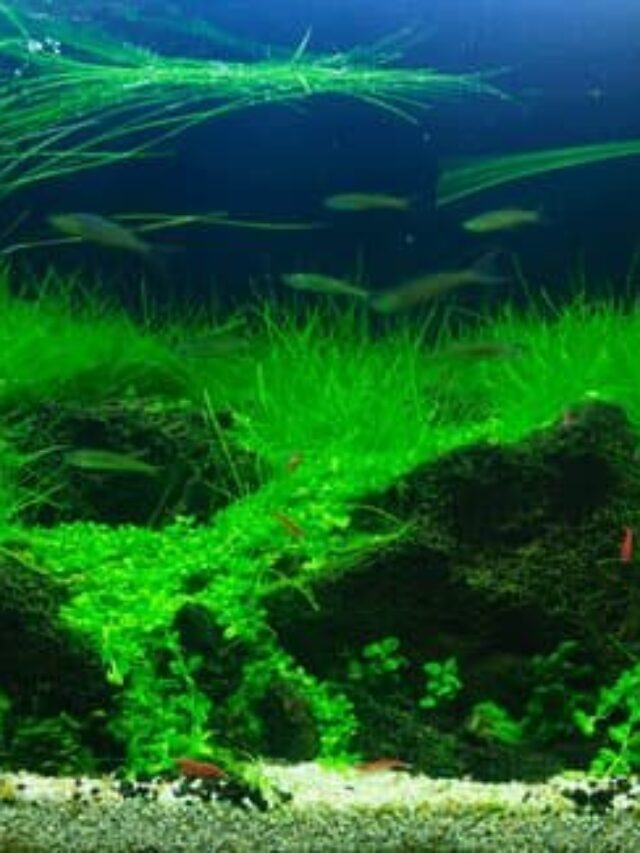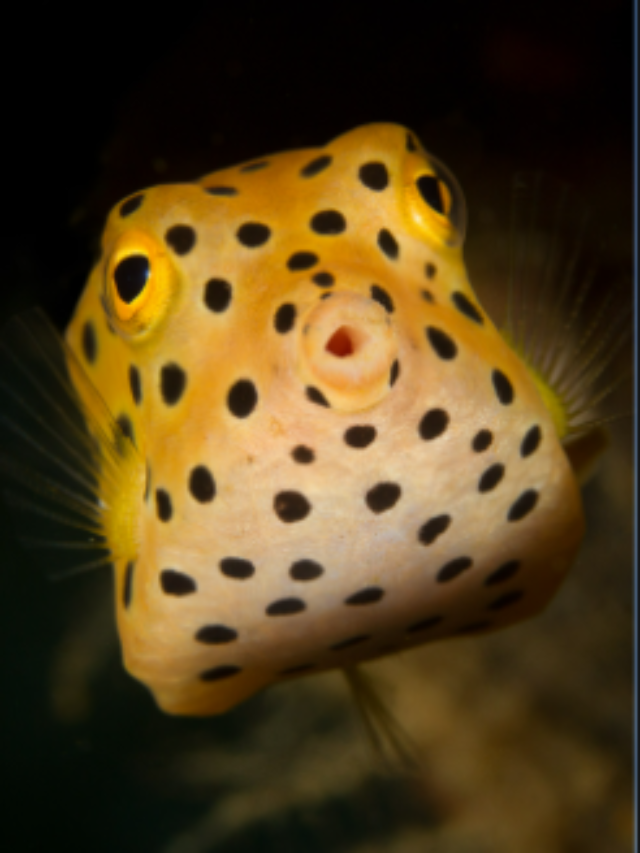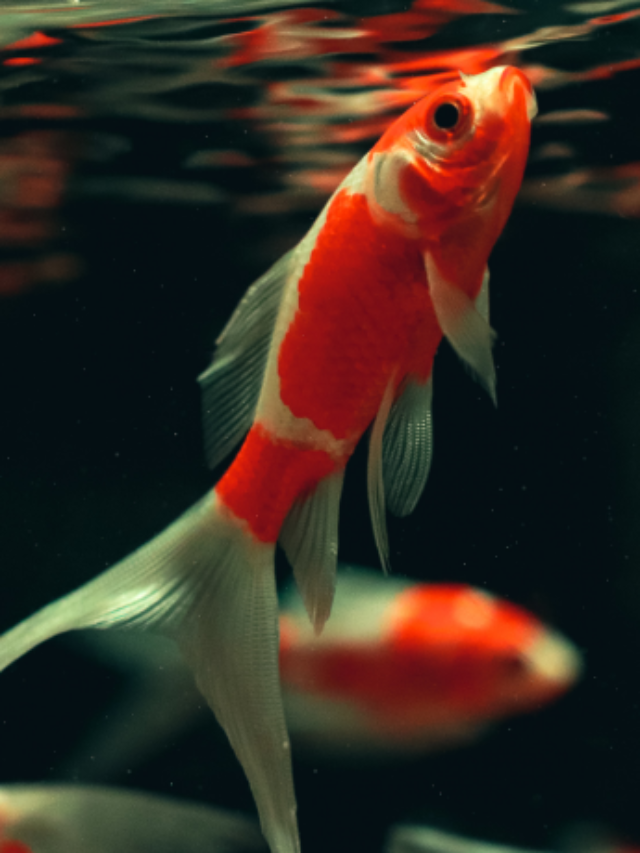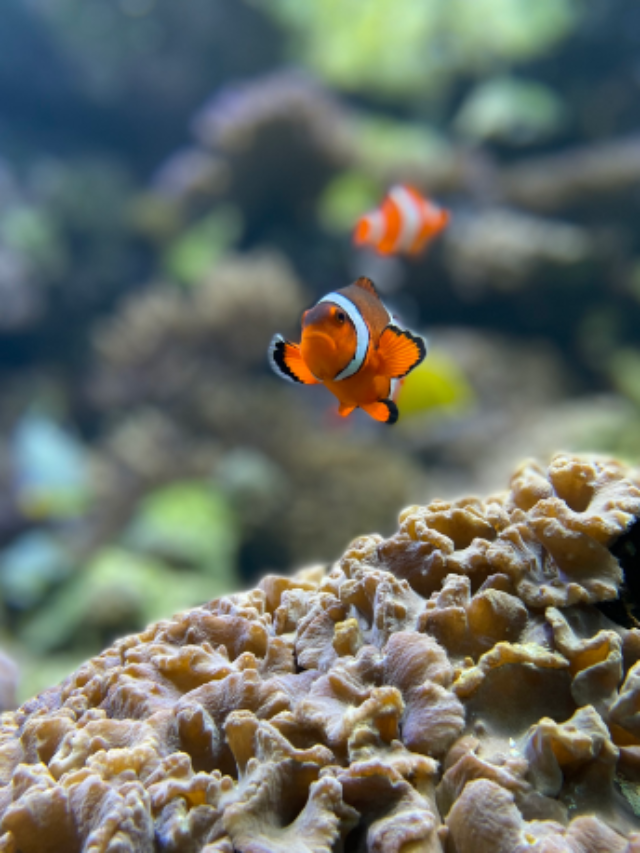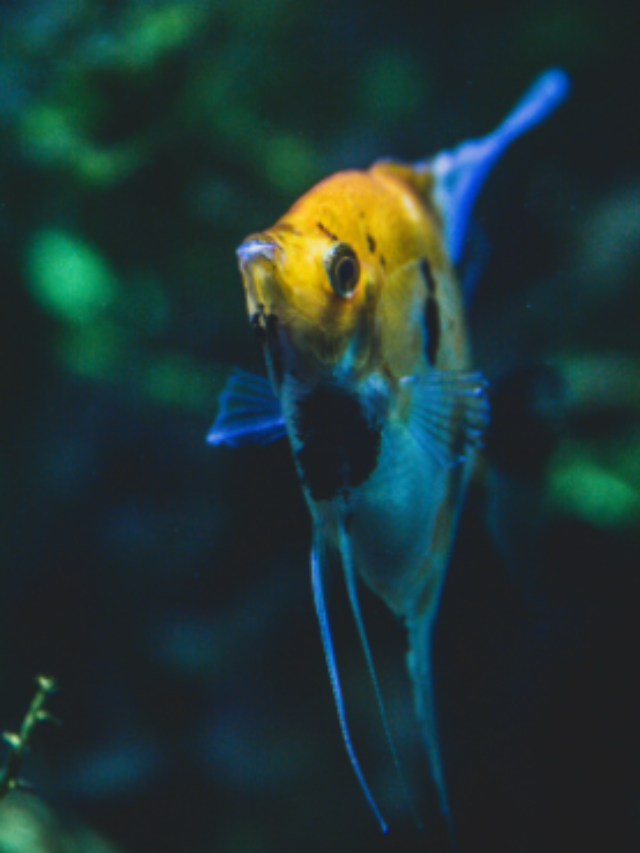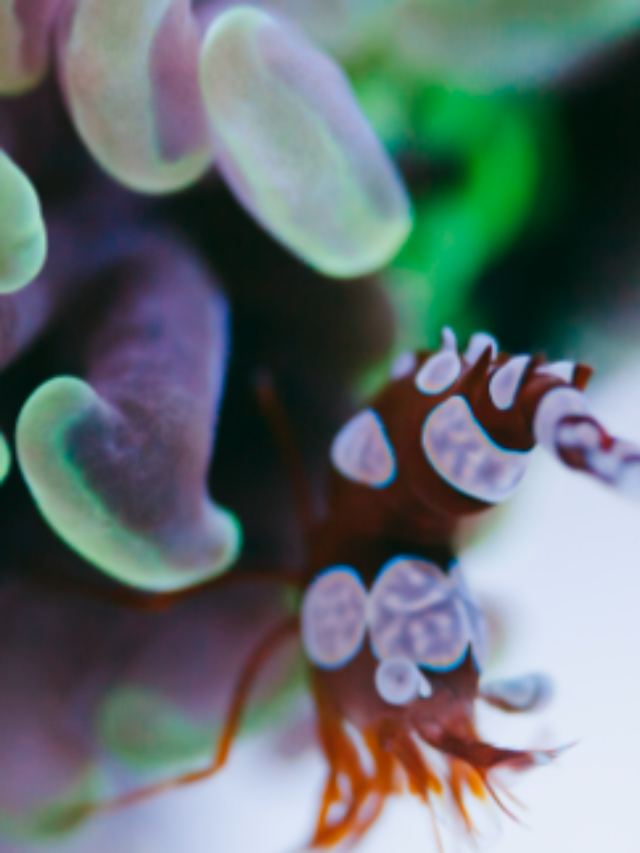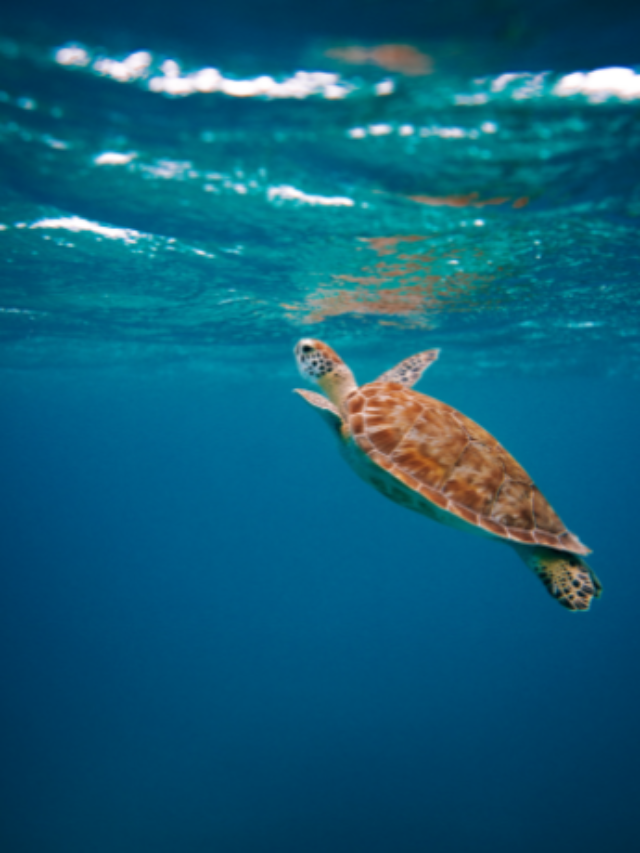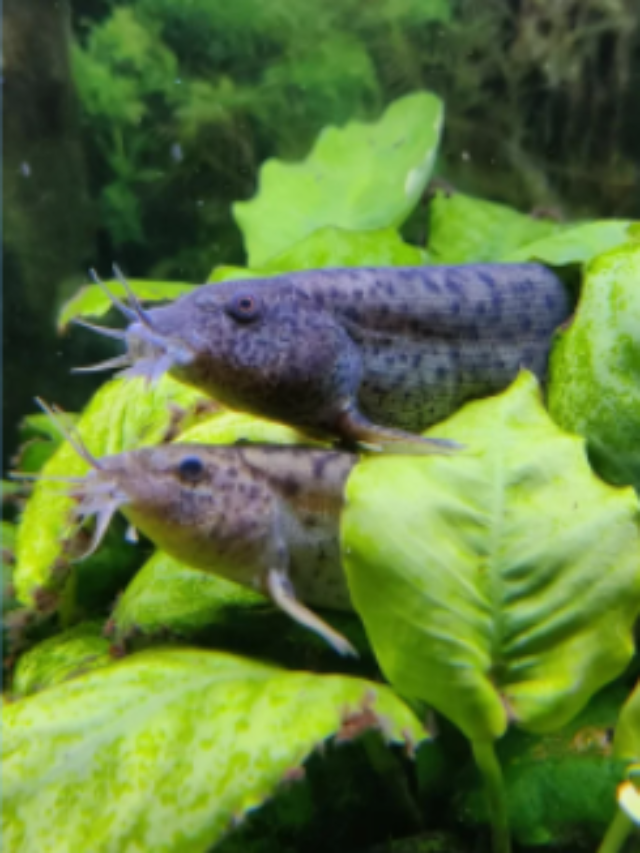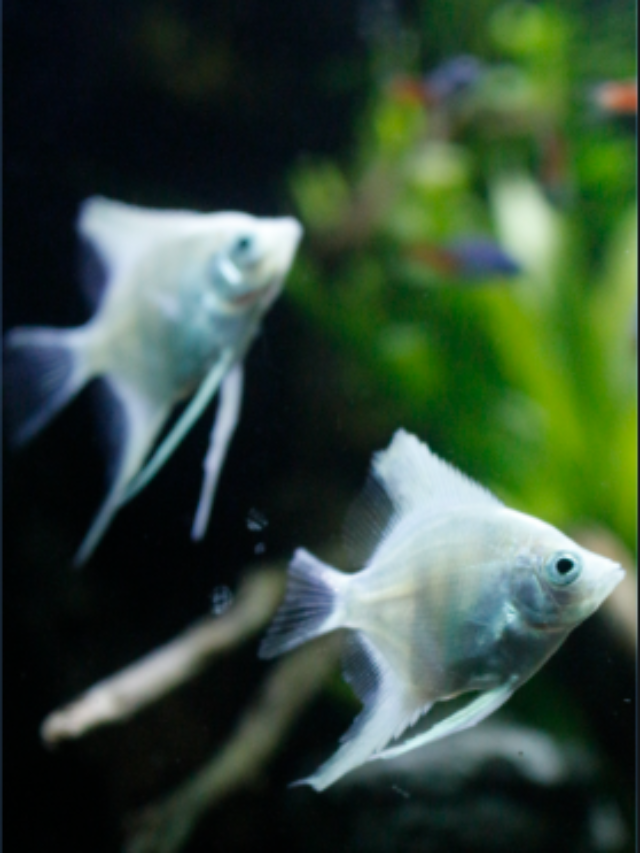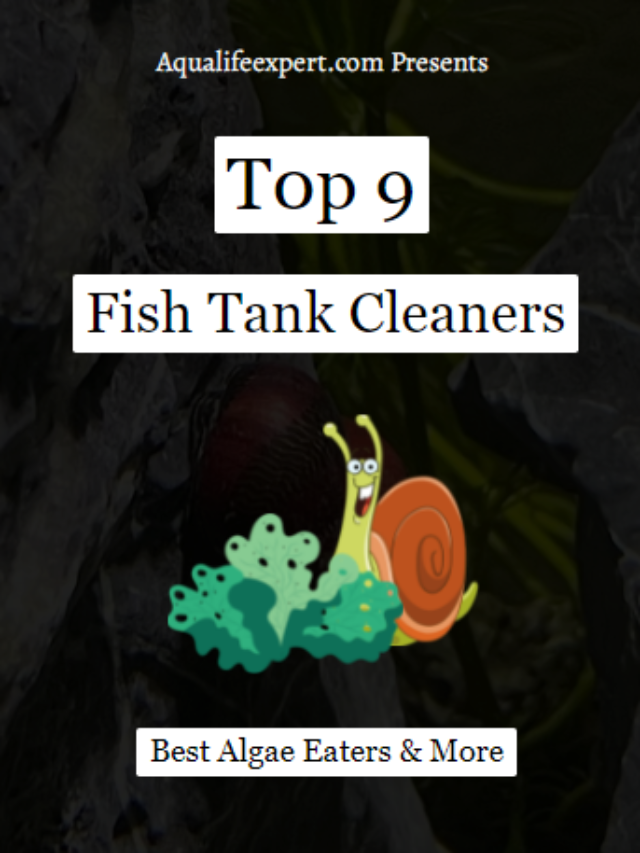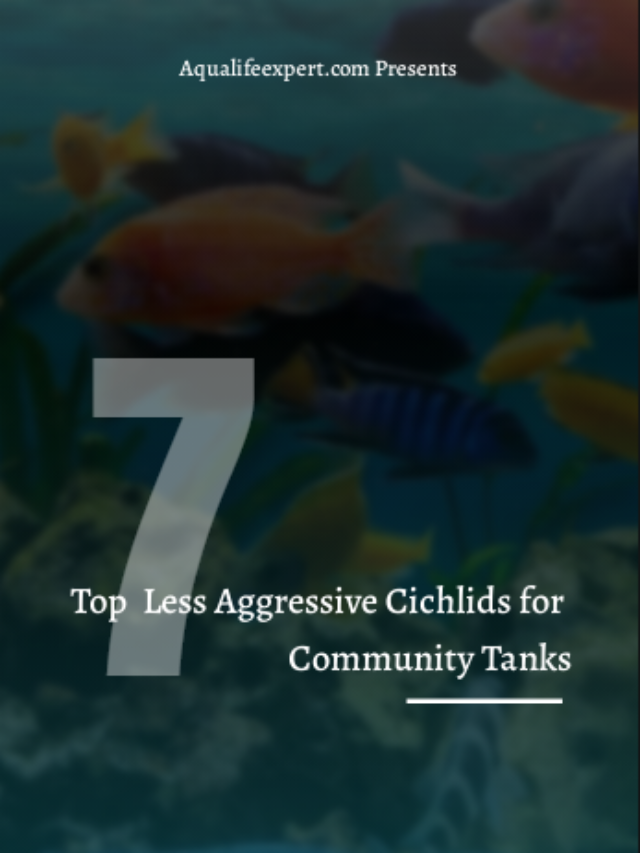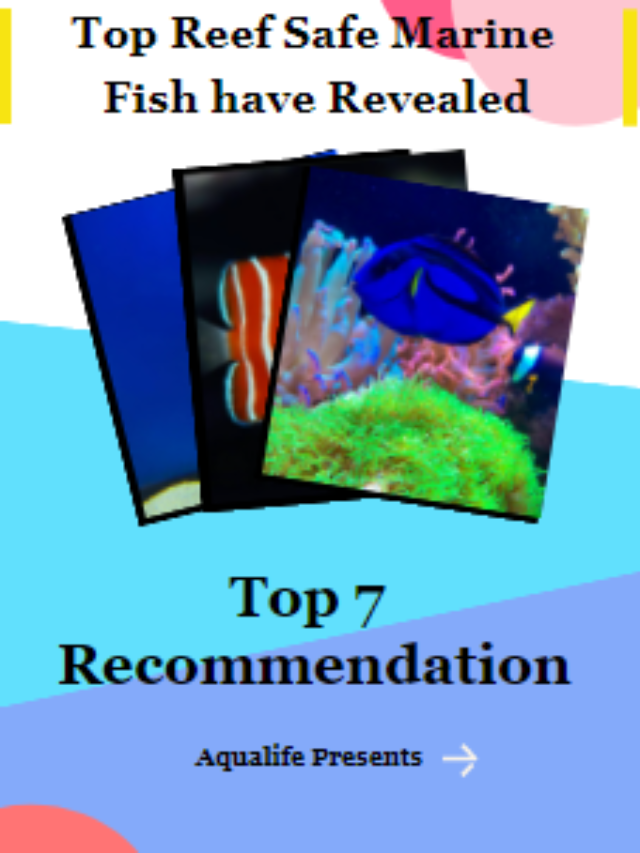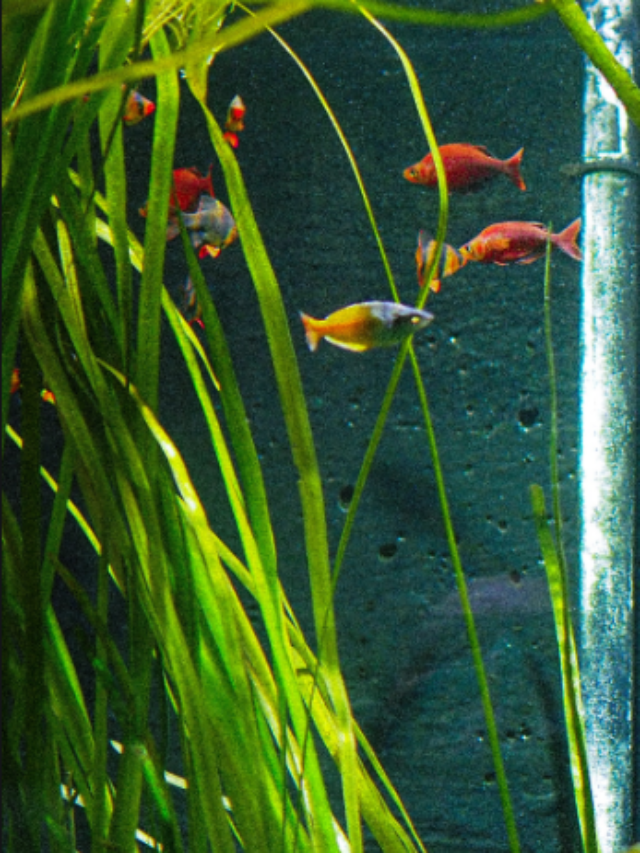How Much Important The pH Is for A Fish Tank? & how to control it
Check Our Quick Stories
PH is one of the most important parameters in fish keeping hobby. Everyone should know about its importance. Due to the lack of proper information new aquarists just try to control pH of their aquarium. But that thing is not good for your aquarium.
The proper growth of different fish species depends upon some certain pH values of a logarithmic scale (0-14) of pH. Less number are more acidic and higher means more alkaline. A too high or too low value means the mortality rates are high for fishes. It will create problems while hatching also. That’s why the right pH is more important than anything else.
But lots of aquarists don’t have any clear conception about pH. So if you are one of them then you need to know because after knowing about it you will be clarified more of its importance.
What is pH level of water?
In simple language, pH is a water parameter that determines the water is acidic or alkaline by its logarithmic scale. The number 7 is neutral. If the value is between 0 to 6.9 then the water is acidic and if the value is between 7.1 to 14 then the water is alkaline.
This is so simple. Right? Now let’s discuss its importance in your fish tank.
What is the importance of pH at your fish tank?
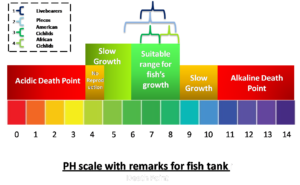
Different types of fish like different pH values to survive. Fishes can’t live in water where the pH value is less than 3 or more than 11. So if the pH value of water is between 4 to 10 then fishes can live but this wide range is not suitable for every fish species.
The most suitable pH range is 6.8 to 7.6 where any fishes can live without any discomfort. But some species can thrive in more alkaline water like African cichlids and some species thrive in acidic water like South American cichlids. So this is mandatory to maintain a suitable pH level in your tank if you want to get a healthy environment and that is the importance of pH in simple words.
What are the effects of low or high pH level?
Effects of high pH level are very harmful to aquarium fishes. Fishes can’t dispose of the metabolic wastages due to high pH level. The outside organs like skin, eyes, fins, gills get damage due to high pH level also. Fishes can’t lay eggs during the spawning period too. Not only that, high pH level helps to increase the other toxic chemical like ammonia and high ammonia level is very much toxic for aquarium. The ammonia level should be zero or close to zero.
Effects of low pH level are harmful also for aquarium fishes. Mainly from 4 to 5 pH level fishes are unable to reproduce. These are the main drawbacks of acidic water conditions or low pH level. Other than that acidic water burns out the skin of fish and it faces respiratory problems. Low pH level damages the cellular membrane of fish. Not only that, acidic water helps to start melting metals and this increases the more toxicity in the fish tank.
Symptoms of high or low pH level in fish tanks
Basically, fish will be uncomfortable if there is any problem regarding pH level in a fish tank. Fishes can’t breathe properly. It may move towards the surface of the water and may gasp. It may rub its body against any rough surface. A stressful condition will create where fish will try to hide here and there. Diseases will catch easily to fish. The brightness and the activeness of fish will be so dim. These are some symptoms that may happen due to high or low pH levels in the water of your fish tank.
How to check pH value of the water in your fish tank?
PH level can be measured in three ways. Here I’ll tell you about these ways. In these ways there you can find a cheap way also. Lots of people think that they need pH measurement kit to measure pH level of the water in their fish tank. But that is not completely correct because you can measure pH level of water without a testing kit also.
Way no 1 – Make pH testing solution in an organic way
You can make your pH testing solution at home easily without much cost. Here you need just a red cabbage and some quantity of distilled water to make the solution. That’s it.
Now what you need to do is grade up that red cabbage and put it in a glass bowl. After that, you have to put distilled water into that bowl. Make sure that water has covered fully that graded cabbage. After that stir it with a spoon and leave that for 45 minutes.
The pigment is in that red cabbage will react with distilled water and make the color change of that water. That pigment is soluble in water that’s why you can find purplish red-colored water which you need to filter through a normal filtration process and that purplish red-colored distilled water solution is your pH indicator solution.
After that, you need to take water that is there in your aquarium in a glass and put a few drops of that solution in it. If the color turns red or pink then it must be acidic and if it turns blue or bluish-green then it must be alkaline. Then you have to get a pH scale and check properly against its chart.
Way no 2 – Use litmus paper to measure pH
This is also a cheap method to measure pH of the water of the fish tank. Just take a litmus paper and put this paper into a glass of water which is the same as your aquarium.
There you can find two types of litmus papers. One is blue and another is red. If the red-colored paper turns to blue colored paper then it means the water is alkaline and if the blue-colored paper turns red then it means the water is acidic. If that paper turns to violet then it means the water is in the neutral condition.
After that, you can check the proper value of pH by a pH measurement scale.
Way no 3 – measure pH with pH meter
The last and final way is to measure pH with any pH meter. This is not recommended for new fish keepers because when you are new then you don’t need to bother much about pH. You should start with some hardy fish that is not sensitive much to pH.
But when you want to keep fish in a specialized way then you need pH meter definitely.
Here I can recommend a tester kit which is very good to use. PH20 Waterproof pH Tester Kit is that machine through which you can get an accurate measurement of pH level of your fish tank’s water. This is a little bit costly but if you want to get the proper pH level with temperature then you must use it. There is a sensor which is protected with a glass cover and it can give you 2000 hours operation time with backup.
Here you can check today’s discounted price of this pH test kit on Amazon.
How to control pH level of your fish tank?
Lots of new aquarists want to control the pH level of their new aquarium. They think that they must have the right number. But controlling the pH of the fish tanks is not mandatory. You just need to fix the pH level of your fish tank between 6.8 to 7.6 for any type of tropical fish tank.
Now if you want to keep African cichlids then you need to set pH between 8.0 to 9.0 because African cichlids live in alkaline water generally. So they thrive in between that value of pH. For other types of fishes, you don’t need to worry if you have a pH in between 6.8 to 7.6.
Now if you want to keep only one type of fish in your aquarium then you can set a pH value of it but I would say that is not mandatory because if you have a good pH value then fishes will adapt to it gradually. But still, if you want to control pH value of water in your fish tank then here is the way.
Read more:- How to set up a community fish tank with cost analysis
How to raise pH value of water?
Generally, you can find the tap water is alkaline and the RO water is slightly acidic now if you want to raise the pH value that means you want to make water alkaline. So if you are using tap water then that is absolutely fine. You don’t need to change that. But RO water needs to acquire some high pH value.
Now to raise the pH level naturally all you need is crushed coral as substrate and put it for 48 hours. The pH level will rise gradually. This crushed coral is soluble in water and when it dissolves in water the pH level will rise with it. You can use oyster shell and limestone also.
Here you can check today’s discounted price of crushed coral on Amazon.
Baking soda is another good material to raise pH of the water of your fish tank. But the main problem is that baking soda is not a permanent solution. It will raise pH level of water so quickly but after a couple of days it will become of its previous level. 1 teaspoon of baking soda per 5 gallons of water is needed to raise pH level so quickly.
How to lower pH value of water?
To lower the pH level of water all you need is driftwood. This is a good way to reduce pH of water in aquariums. Driftwood is the combination of some dry piece of wood which gives an aesthetic look in the aquarium if it has been used.
Now if you put driftwood in the aquarium for 48 hours then it will leach tannin which helps to reduce pH level of water. This is a very effective way to reduce pH levels. Another way is to increase the carbon dioxide level. Carbon dioxide helps to decrease the pH level of water in your aquarium.
Here you can check today’s discounted price of driftwood on Amazon.
Read more:- Does lemon juice lower the pH of aquariums?
Fish tank pH level chart for different types of fishes
Although the individual pH level of individual fish is not important still some of you may want to know what will be the exact pH level for some individual fish. Here I’m going to tell you the pH level of some popular fishes which you need to follow if you want to make that specific fish tank.
Fish tank pH level chart for different types of fishes
Final thoughts
Here I’ve explained almost everything you need to know about pH and mainly about its importance. So I guess from here you’ve aware of its importance and how to control it. You don’t need to control much if you have a community tank. In between 6.8 to 7.6 pH level is enough to live healthily. Try to maintain it and don’t worry if there are any fluctuations in it, your fish will adapt it.
So best of luck & happy fishkeeping 🐟

